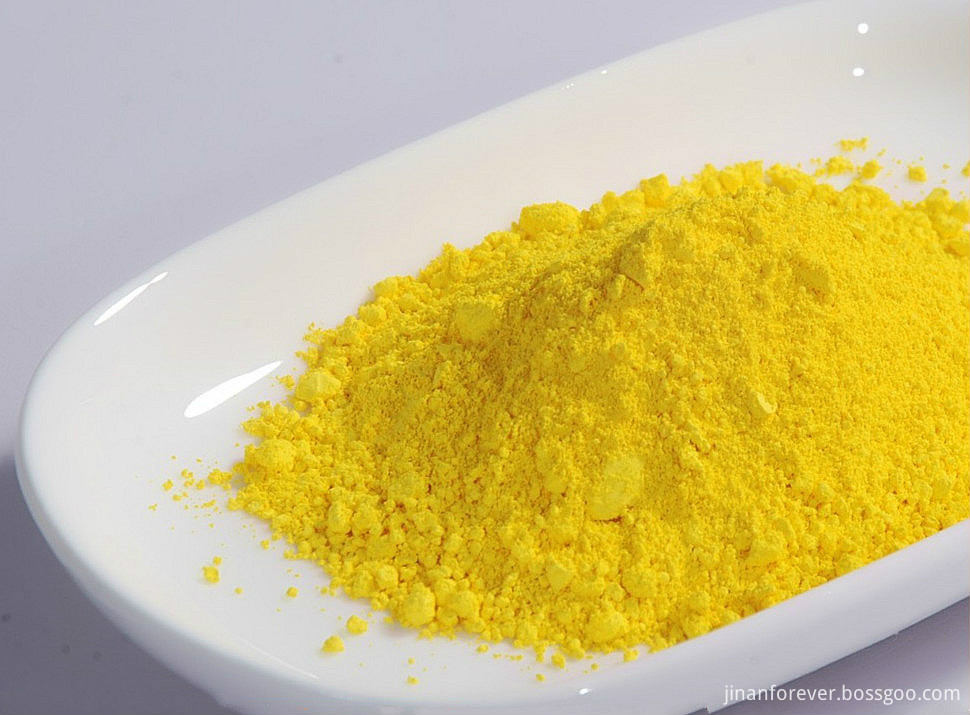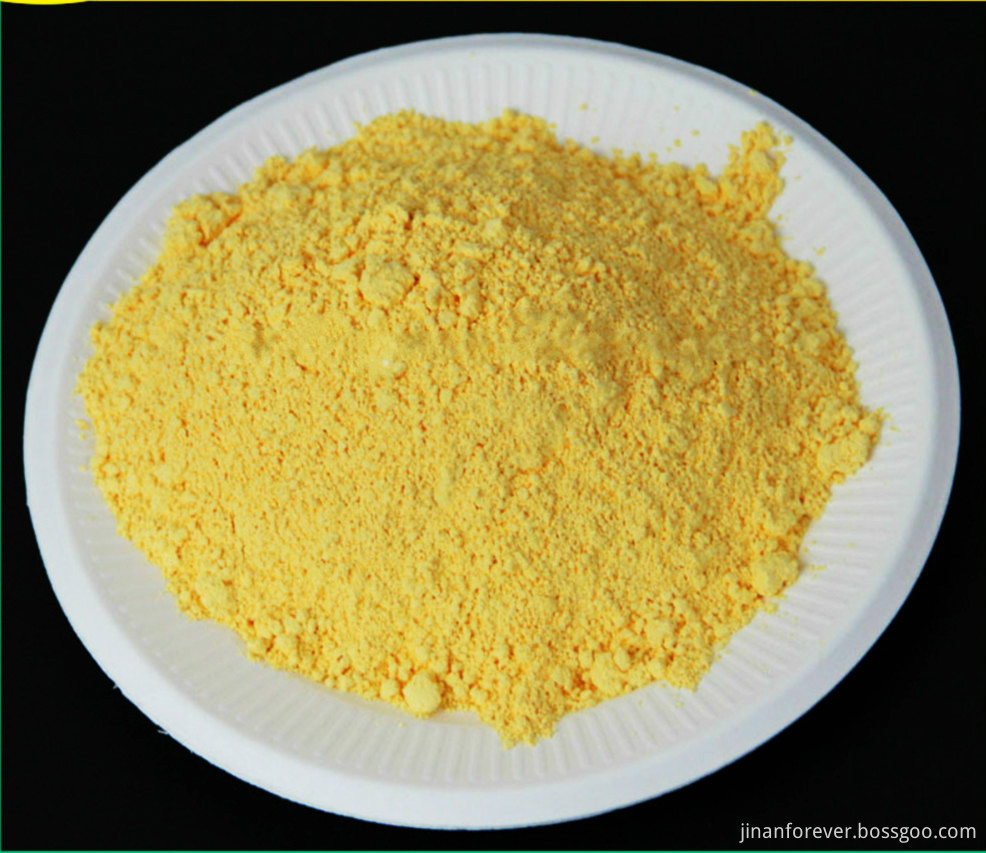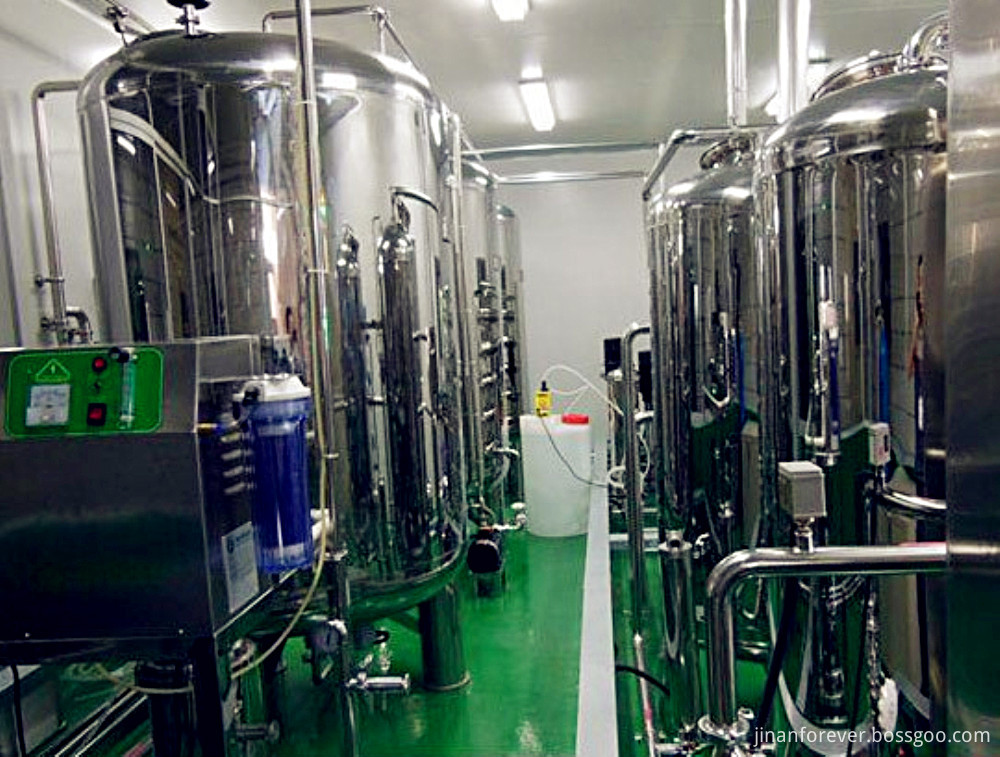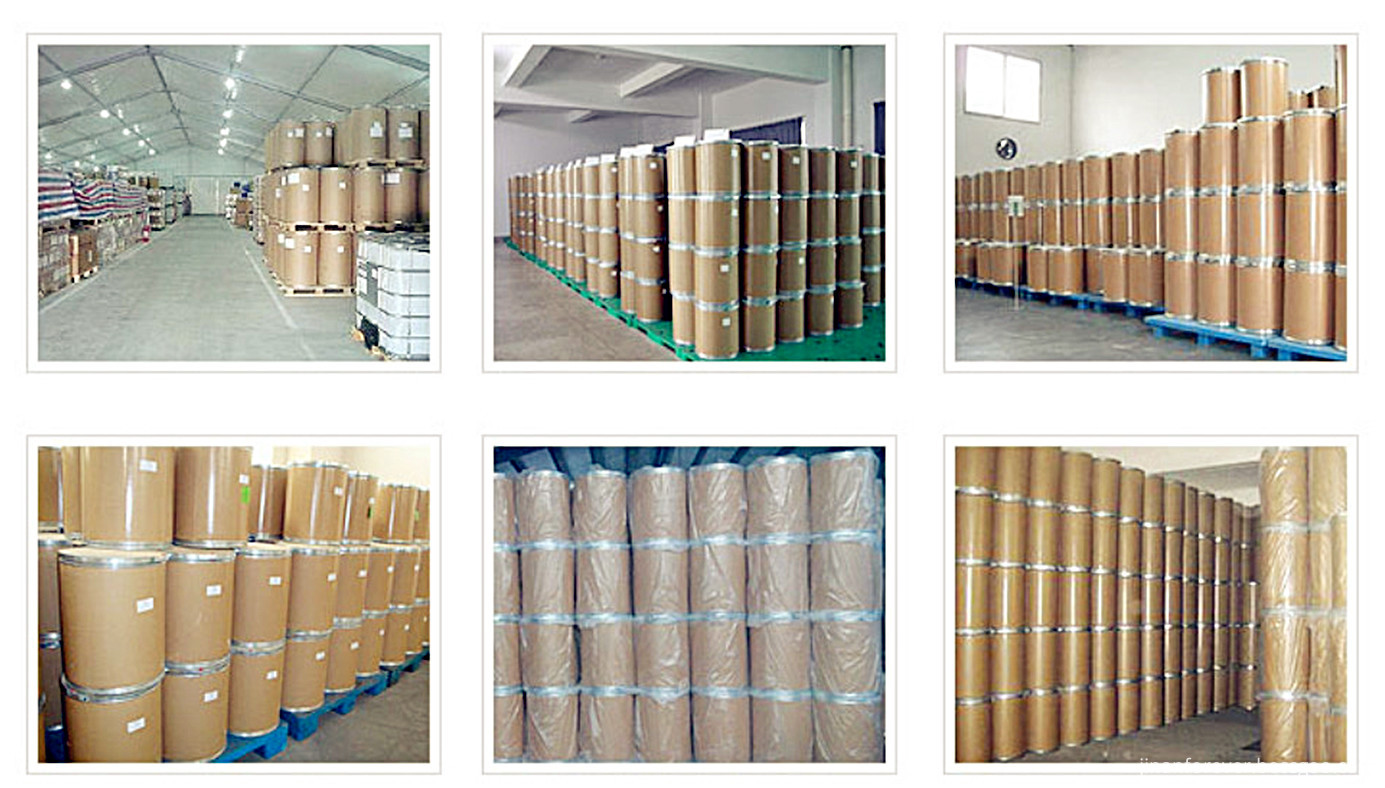1 The influence of NC programming on machine tool machining accuracy and its solution
1.1 The influence of the choice of programming origin on the machining accuracy and control measures
When programming NC, the first factor to consider is the determination of the programming origin.
Generally speaking, the determination of the programmed coordinate system requires the relevant operator to consider the characteristics of the required machined parts and drawings, etc., in which the determination of the programming origin is directly related to the final machining accuracy of the entire part. In actual operation, the determination of the programming coordinate system should be based on the principle of programming reference, design basis, and process reference. Only in this way can the dimensional tolerance conversion error be minimized. In actual operation, the following operations can be performed:
1) The programming origin should be as close as possible to the benchmark in the drawing. There will be a corresponding design basis when designing the part, and there will be a corresponding process reference during the machining process. The programming origin should be as close as possible to these benchmarks.
2) When calculating the relevant data, try to simplify it, avoid unnecessary dimension chain calculation process, and reduce the error.
3) The programmed coordinate system should be selected as much as possible on the surface of some highly accurate parts.
1.2 The influence of data processing on the accuracy of the programming process and control measures
In NC programming, data processing mainly has an important influence on the contour accuracy of the entire part. Among them, some unknown programming nodes and calculation and conversion problems of the programming dimensional tolerance band are more important.
1) In the current CNC machine tools, some advanced equipment can automatically calculate the coordinates of the nodes according to the contour of the machined parts, and most CNC machine tools still need manual calculation. Generally speaking, the main problem of using manual calculation of node coordinates is how to control the calculation accuracy. Under normal circumstances, there will be a deviation of 0.01~0.03mm between manual calculation and computer calculation. Generally, the following methods can be used to improve the accuracy of manual calculation. : First, some intermediate data in the manual calculation process should be kept at four decimal places. If you use a computer for calculation, you should try to keep all the decimals. Secondly, the adjustment of the size during the programming process is mainly determined according to the pulse equivalent of the CNC machine. The so-called pulse equivalent is the amount of movement generated by the corresponding machine tool mobile device when the control system issues a command pulse. The pulse equivalent is the minimum of the CNC machine tool. The design and control unit, for example, for CNC machine tools with a pulse equivalent of 0.001 mm, the calculation results should retain at least three decimal places in the calculation process.
2) When the dimensional tolerances of different parts of the part are different or asymmetrical, the programming size should be calculated manually. If the same tool is used in the whole process, the intermediate value of the tolerance should be selected for programming, and a certain space is reserved for the error generation to ensure the machining accuracy. When the programming dimensional tolerances are substantially symmetrical, the nominal size can usually be used for programming, so that the amount of calculation is correspondingly reduced.
1.3 The influence of processing route on accuracy and control measures
In NC programming, the machining route is an important part of it, and it has a huge impact on the accuracy and efficiency of the CNC machining process. How to choose the processing route should start from the following aspects:
1) The method of entering and retracting during machining has an important influence on the contour of the part.
When the infeed and retraction operations are directly performed on the contour surface of the part, some small dents may appear on the surface of the part due to factors such as machine tool error and sudden change in speed of the tool. Therefore, when performing some machining with higher precision requirements, Retraction should be avoided on the surface. For those cases where the surface must be operated, the arc cut and cut form should be selected as much as possible, and the radius of the arc should be larger than the radius of the tool.
2) When performing CNC machine tool processing, in order to ensure the overall quality of the surface of the part meets the accuracy requirements, it is usually processed by the method of down-milling, but in the following cases, the method of up-cutting should be used: First, when the part to be processed When there is a hardened layer or sand on the surface, it should be processed by the method of up-cut milling. Because if the cutting process is performed from the surface of the part by shun milling, the hardened layer and sand of the surface may cause damage to the tool, and by the method of up-cut milling, when the tool is cut out from the surface, the hardened layer and the outer surface of the tool are cut. The sand will be thrown off, thus avoiding the damage of the tool; secondly, when processing some non-metallic materials, especially some fiber materials should try to choose the method of up-cut milling. Because the cutting from the surface can not effectively cut the fiber, which causes the cutting surface to produce burrs, and the up-cutting method can effectively cut some fine fibers in the material, and smooth the processed cut surface.
2 Influence of CNC machine tool system error on machining accuracy and control measures
2.1 Pitch error and compensation
The so-called error compensation technology means that during the machining process of the CNC machine tool, the actual movement position of a specific axis is recorded, and the recorded result is compared with the measurement result of the precision instrument. During the actual operation, a certain amount of measuring points are selected on the axis, and the error during the running process is recorded and input into the control system of the machine tool. In this way, the control system can move different points and times on the axis. The error is controlled. The more the number of these measurement points, the more obvious the implementation of the pitch error compensation technology, and the following aspects should be paid attention to when using this technology:
1) When the accuracy of repeated positioning of CNC machine tools is not high, this technology is difficult to implement; 2) The technology is based on the premise of CNC machine tool coordinate system; 3) The reference point is important for determining the coordinate system of CNC machine tools. The parameter, so the selection error of the reference point should be zero.
2.2 Backlash error and compensation
In the machining process of CNC machine tools, there are many gaps in the operation of the drive chain, and the backlash may cause the servo motor to be in operation when the machine is reversed, and the machine does not produce motion, which directly causes the CNC machine to produce certain The error or machine oscillation occurs. Therefore, when designing a CNC machine tool, the backlash should be fully considered, but no matter what improvement measures are taken, there will inevitably be a certain gap. In the CNC machine tool of the semi-closed loop system, through the above-mentioned pitch error compensation technology, the back gap of each point during the operation of the machine tool is recorded and recorded into the control system, so that when the reverse motion is generated, the system The compensation error operation is automatically performed. For CNC machines with full closed loop systems, the backlash compensation can be achieved using parameter settings.
In short, there are many factors affecting the machining accuracy in the machining process of CNC machine tools. In addition to the above mentioned factors, the process design, the tool, the skill level of the operator, etc. will have a certain impact on the racing, so in actual In the process of CNC machine tool processing, we should comprehensively consider the influence of various aspects, in order to truly achieve the effective improvement of machining accuracy.
Our whole staff keep working hard and innovative in work in order to provide qualified products and good services to customers. We mainly do industry-class products, such as AC blowing agents, 2-aminophenol, hydrazine hydrate, Ferric Chloride anhydrous and so on.
Our products are exported to more than 20 countries and win good praise and reputation among customers who come from Middle East, Asia, South America and Europe. We have rich experience in producing and are highly qualified to produce different types of AC blowing agents. Besides, we have professional team to answer your questions at any time.





Sustainable development is a very important part for our corporate culture. Only with constant development, our company can go further and longer. To achieve this goal in the long term, we continue to increase the amount of foaming gas of AC Blowing Agent. We can produce different types of Azobisformamide, according to customers` different application in different fields.
azodicarbonamide
AC Foaming Agent Blowing Agent,Yellow AC Foaming Agent,Ac Blowing Agent Without Formamide,Leather AC Blowing Agent
Jinan Forever Chemical Co., Ltd. , https://www.jinanforever.com




